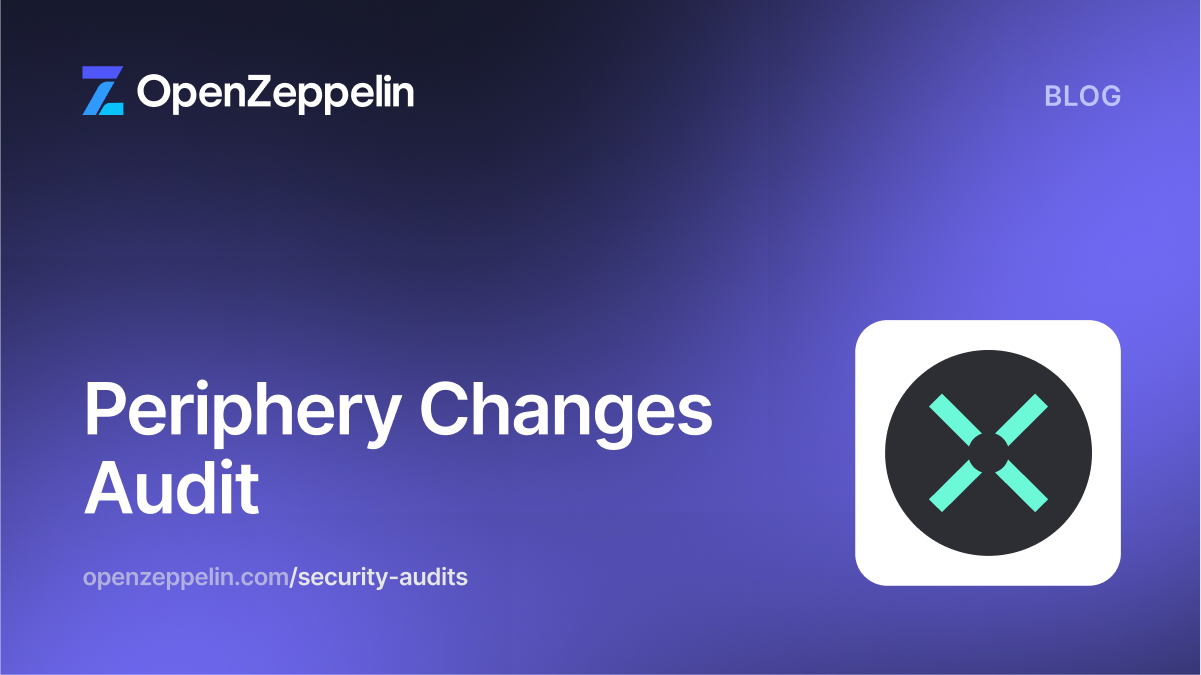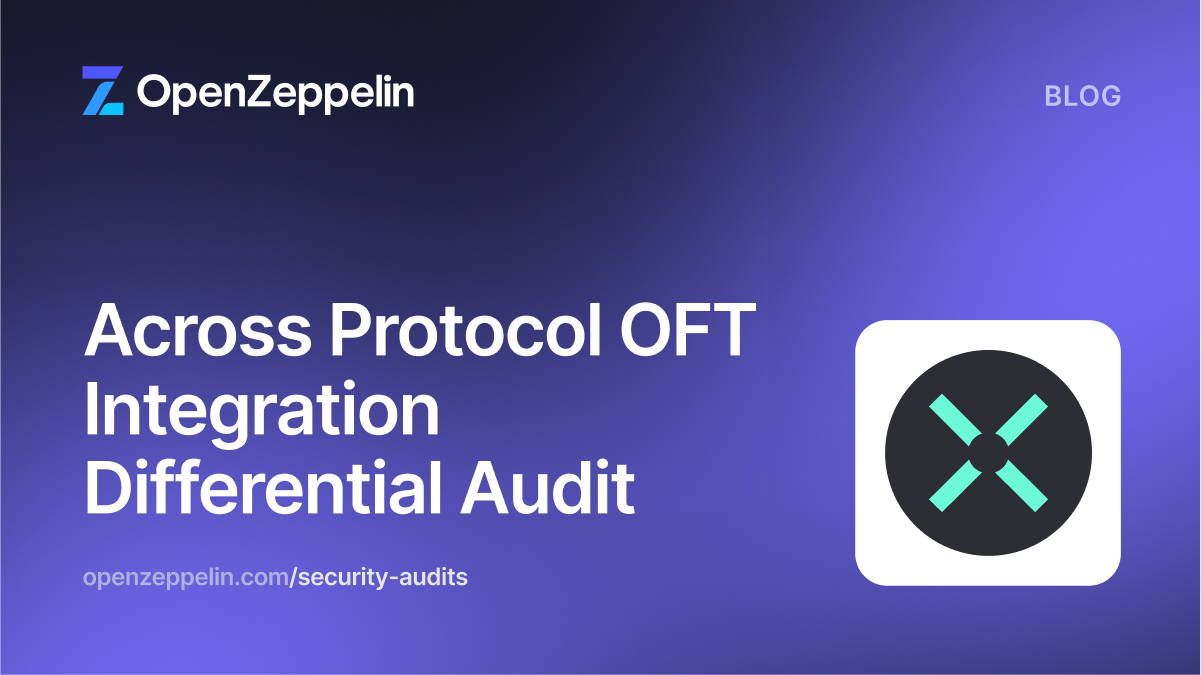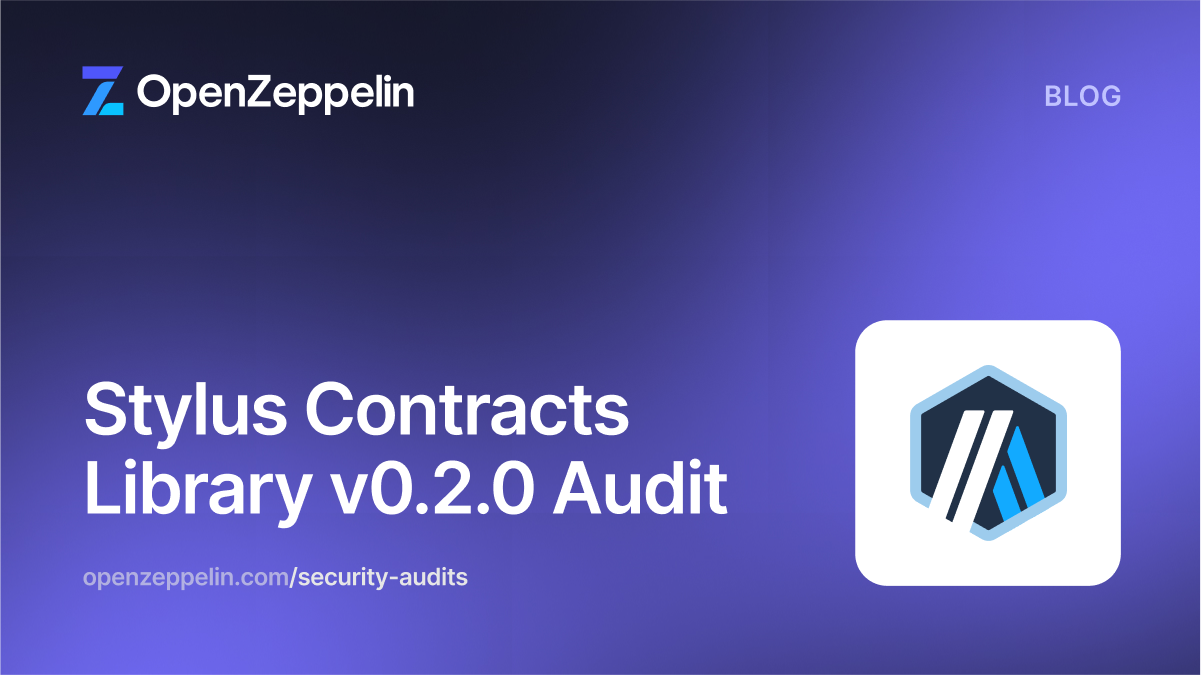Perpetual is a new perpetual contract market by dYdX that enables users to use native Ethereum-based tokens as collateral to trade derivatives with non-Ethereum underlying assets.
Scope
Contracts
We audited commit c5e2b0e58aaf532d2c8b1f658d1df2f6a3385318 of the dydxprotocol/perpetual repository.
All contracts in the contracts/protocol directory were in-scope except for P1Orders and any files in the contracts/protocol/v1/oracles directory (which was created in a later commit).
Price oracles
Perpetual uses third-party price oracles. These price oracles were out of scope (see the “Security Assumptions” section for more information).
Mechanism design
Perpetual implements incentive mechanisms to nudge user behavior. For example there is a floating interest rate paid between longs and shorts which is intended to incentivize users to take the “unpopular” side of a trade and keep the prices of the contracts in line with their underlying. A game-theoretical analysis of these mechanisms was out of scope for this audit.
Security assumptions
Price oracles
Perpetual requires price oracles to report the prices of assets in terms of the token being used as collateral. It is important to understand that a malicious or compromised price oracle would have the ability to steal funds from any Perpetual market that uses it. Furthermore, a price oracle that fails to report accurate prices in a timely manner (for example, if it were DoSed) could also result in a loss of funds for honest users.
We did not audit the third-party price oracles. For the purposes of this audit, we assume that these oracles are honest, uncompromised, and will remain so while reporting timely and accurate price information indefinitely.
Administrators
Perpetual has a privileged admin role that can make arbitrary changes to the market contract, set critical market parameters, set the price oracle, and enable final settlement. The admin can also add/remove global operators, which have the ability to make arbitrary trades on behalf of all users. These privileges would allow a malicious or compromised admin and/or global operator to trivially steal funds from the market.
For the purposes of this audit, we assume the admin and all global operators will remain honest and uncompromised indefinitely.
Choice of collateral tokens
Stable coins make a natural choice for the tokens used as collateral in perpetual markets. One of the most popular stable coins, USDT is capable of extracting a fee from the recipient of a transfer or transferFrom (see line 131 of the USDT contract code). While USDT is not doing this at the time of writing, it will remain capable of doing so unless the owner of the USDT contract provably burns their ownership. The audited code does not take such a fee into consideration, and may behave unexpectedly if this fee is ever extracted.
For the purposes of this audit, we assume that if USDT is used as the collateral token for a Perpetual market then it is not extracting any fee on a transfer or transferFrom.
Recommendations
Here we present our findings and recommendations.
Critical
None. 🙂
High
None. 🙂
Medium
Unsafe transparent proxy pattern
OpenZeppelin’s AdminUpgradeabiltyProxy contract is used to implement the unstructured storage proxy pattern by having the PerpetualProxy contract inherit from the former and managing delegatecalls to the PerpetualV1 contract.
One of the features of the proxy model implemented in the library is the transparent proxy pattern, which prevents collisions between function signatures of the proxy and the implementation contracts by not allowing the admin of the proxy to call the implementation contract. This is an important security feature. However, the _willFallback function in PerpetualProxy.sol has removed this check.
The motivation behind removing the check is to allow for the same address to be the admin of both the PerpetualProxy contract and the PerpetualV1 contract. However, this convenience introduces the risk of function signature collisions that could make functions on the implementation contract unreachable by the admin.
The dYdX team is aware of this and intends to mitigate the risk via extensive testing before deploying any new implementation contracts. But the risk could be removed entirely by separating the concerns — having one admin for upgrading the proxy, and different one for calling access-controlled functions on the implementation contract.
Consider following the original transparent proxy pattern by removing the PerpetualProxy contract and using the AdminUpgradeabilityProxy contract directly. Additionally, consider defining a new role, one different from the admin of the proxy, to interact with the functions that have the onlyAdmin modifier.
Update: Unchanged. The development team responds, “We have comprehensive tests to ensure that there is no function signature collision.”
Low
Missing NatSpec docstrings
While the code is well commented and easy to follow, most of the public and external functions in the code base lack NatSpec documentation. This may hinder some reviewers’ understanding of the code’s intention, which is fundamental to correctly assess not only security, but also correctness. Additionally, docstrings may improve readability and ease maintenance. They should explicitly explain the purpose or intention of the functions, the scenarios under which they can fail, the roles allowed to call them, the values returned and the events emitted.
Consider documenting all functions (and their parameters) that are part of the contracts’ public API using the Ethereum Natural Specification Format.
Update: Fixed via PRs #150 and #168.
Not using latest stable version of OpenZeppelin Contracts
An old version of OpenZeppelin Contracts is being used in the project. Since version 2.5.0 has been recently released with improvements such as gas optimizations in the ReentrancyGuard contract, consider bumping the library to its latest stable version.
Update: Fixed via PR #132. Note that a custom reentrancy guard is being used for compatibility with the upgradable proxy pattern.
Notes
_verifyAccountsFinalBalances could be made easier to verify
Lines 233-255 of P1Trade.sol are used to verify that the account’s collateralization ratio has not worsened. The code works correctly, however its verification requires manually checking that the code works properly when the variables initialBalance.margin, initialBalance.position, finalBalance.margin, and finalBalance.position take on values that are positive, negative, or zero. There are 81 combinations of these values (3^4). Though many of these combinations can be ruled out quickly, it is still time consuming to verify the correctness of this code.
Consider whether this function can be refactored for easier verification.
Update: Fixed by PR #160.
Typos in comments
There are a few typos in the the code comments. We list them here.
- On line 30 of
PerpetualProxy.sol,conntract, should becontract. - On line 225 of
P1Trade.sol,finalPositionshould befinalBalance.position. - On line 244 of
P1Trade.sol,[0,+, -/+]should be[0/+, -/+].
Consider fixing these typos before deploying to production.
Update: Fixed via PR #131.
Conclusion
No critical or high severity issues were found. Some small recommendations were made to improve the project’s overall quality and robustness. Overall we found the code to be very clean, well-organized, and easy to follow.


